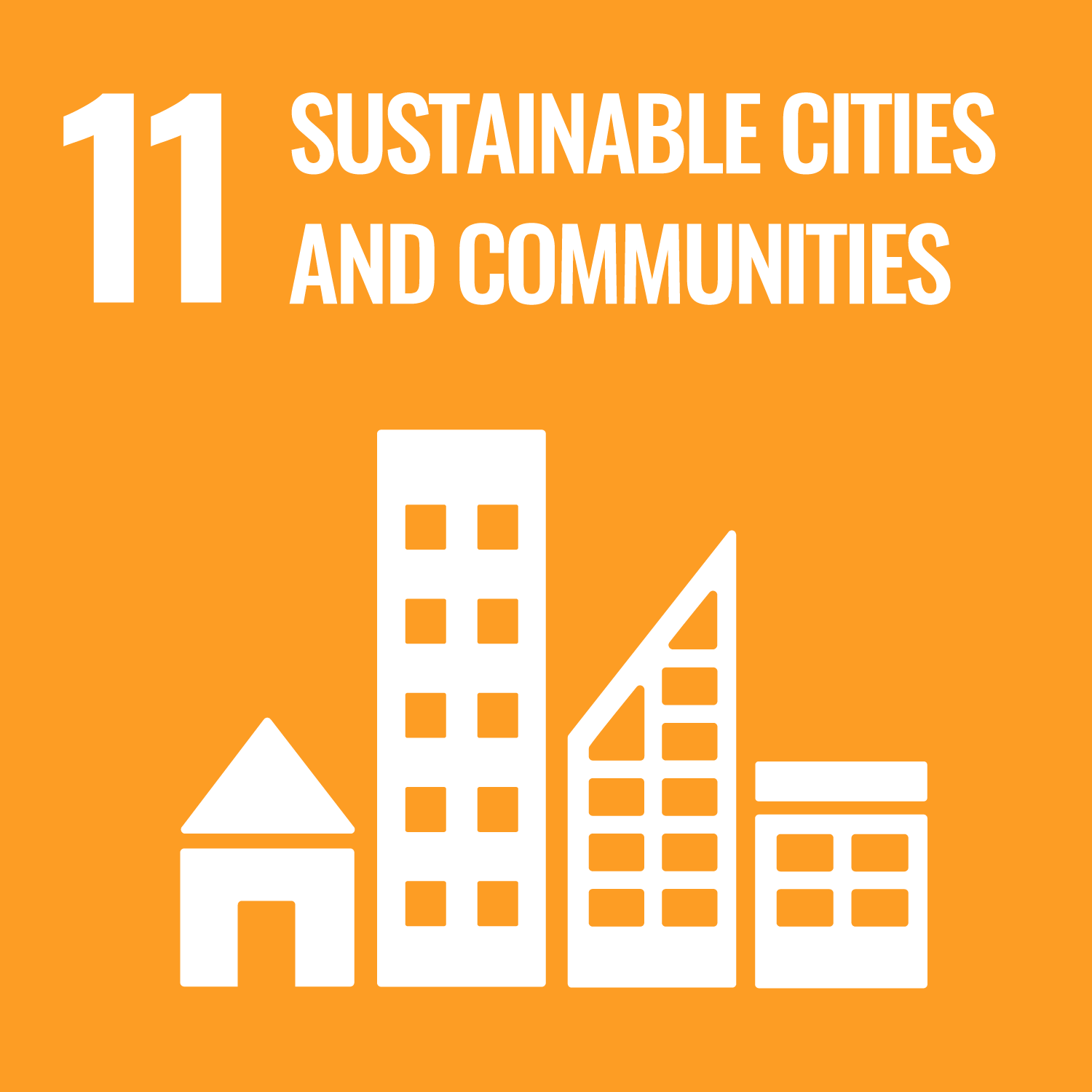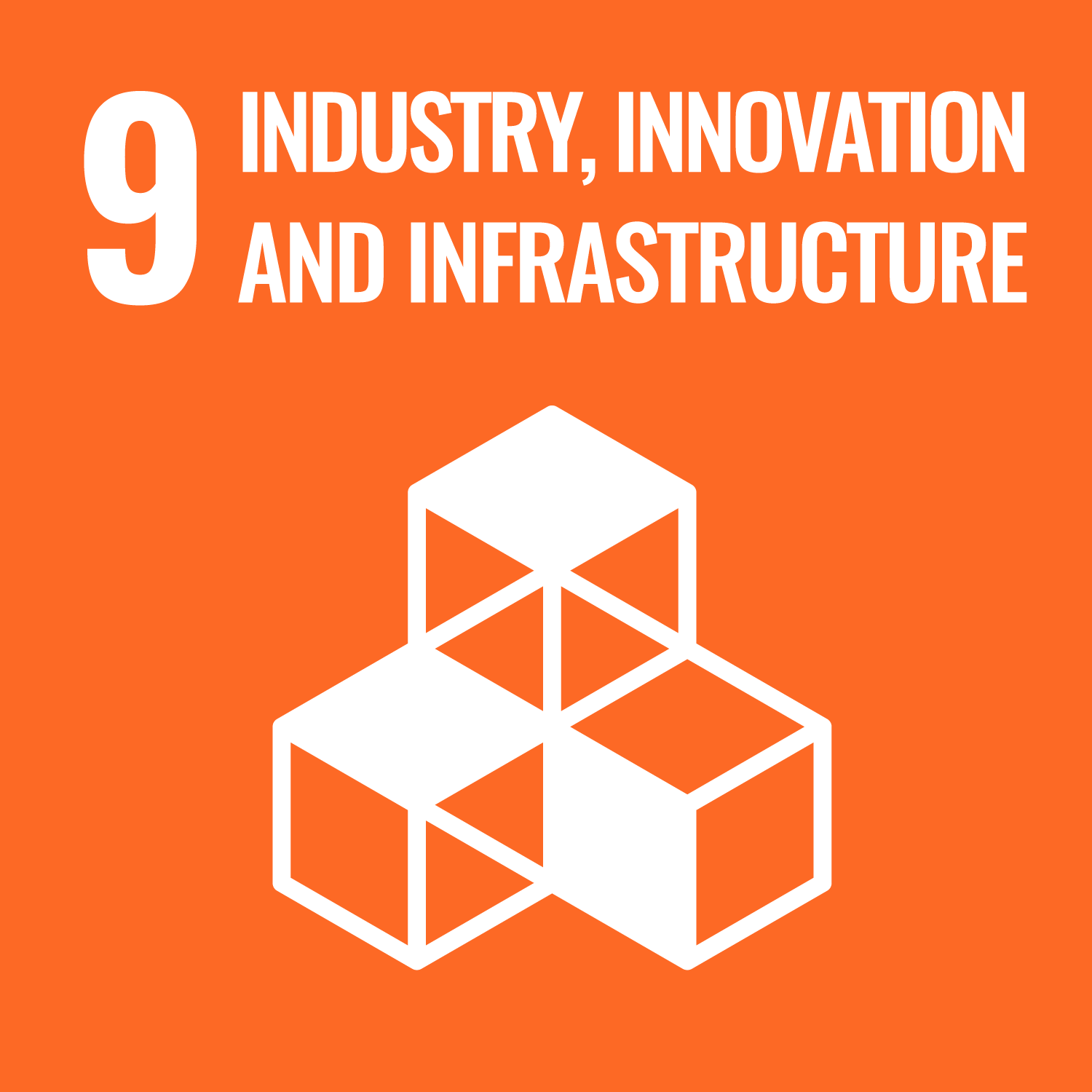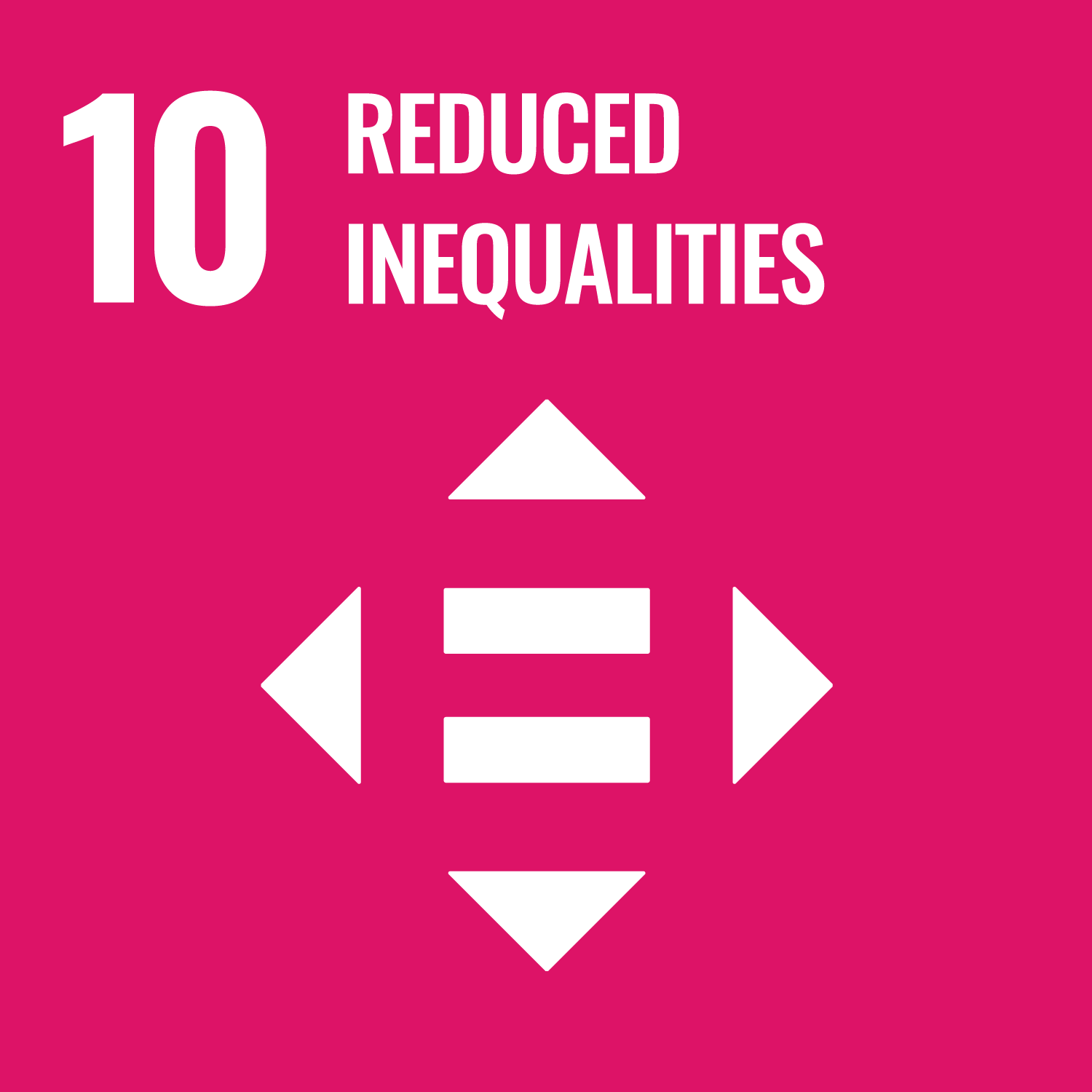ORCID
- Alejandro Veliz Reyes: 0000-0002-5044-1782
- Alexandra Carr: 0009-0005-5107-4979
Abstract
An emerging area of research on automated futures is that of digital equity- how to innovate and develop digital products, services, and experiences which promote equality of access, and align with the lived experiences of communities they are expected to benefit. In this chapter, we outline a research project focused on the adoption of digital fabrication technologies by a rural community in Bridport, United Kingdom. Their challenge is that of housing futures not only in terms of stock demand, but more broadly in terms of sustainable forms of housing construction (i.e., modern methods of construction) using local materials and skills. The chapter navigates a complex set of interrelations between issues of land and place, skills, material flows, and technologies. After expectations are unmet by government top-down growth and industrial strategies, we frame collective design practices of prototyping and making as a way to exchange, prompt, and visualise housing futures through our Living Lab in Denhay Farm-a space for testing out housing building elements, material opportunities, and early local material supply chains. Through a place-based approach contextualised by marginalised rural and coastal communities, we reflect and introduce expressions of technology adoption and co-production as vehicles to potentially address specific problems of housing procurement and construction, and more broadly as mechanisms to facilitate inclusion, access, knowledge mobilisation, and research impact.
DOI Link
Publication Date
2024-01-01
Publication Title
The De Gruyter Handbook of Automated Futures
Publisher
de Gruyter
ISBN
9783110792249, 9783110792256
Deposit Date
2024-09-15
Creative Commons License

This work is licensed under a Creative Commons Attribution-NonCommercial-No Derivative Works 4.0 International License.
First Page
339
Last Page
358
Recommended Citation
Veliz Reyes, A., Carr, A., & Crabtree, T. (2024) 'Co-making and Prototyping Community Housing Futures', The De Gruyter Handbook of Automated Futures, , pp. 339-358. de Gruyter: Available at: 10.1515/9783110792256-021




